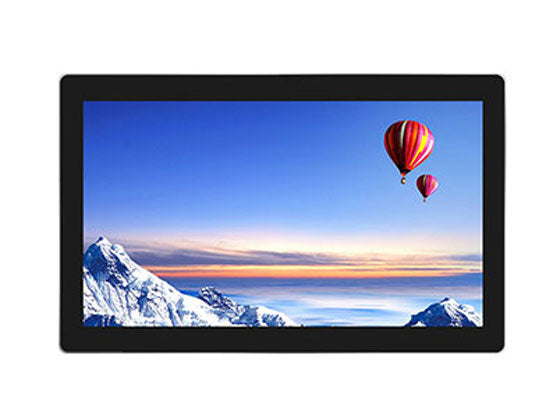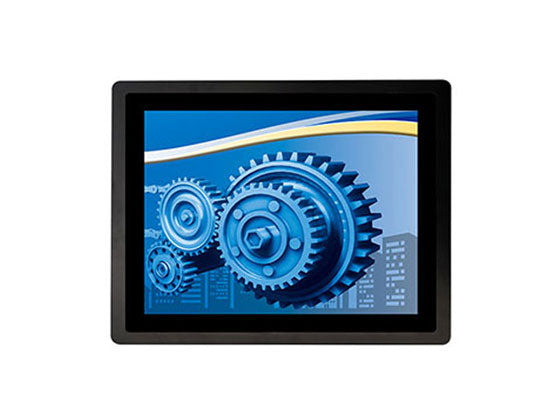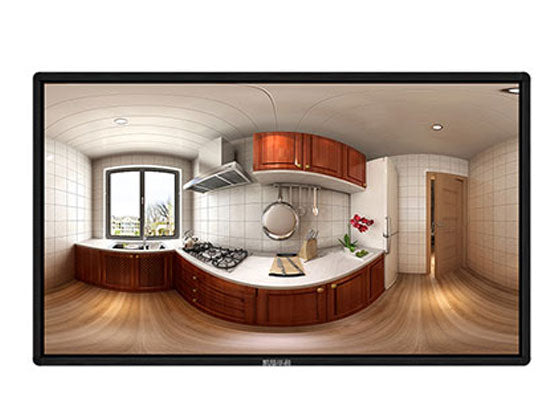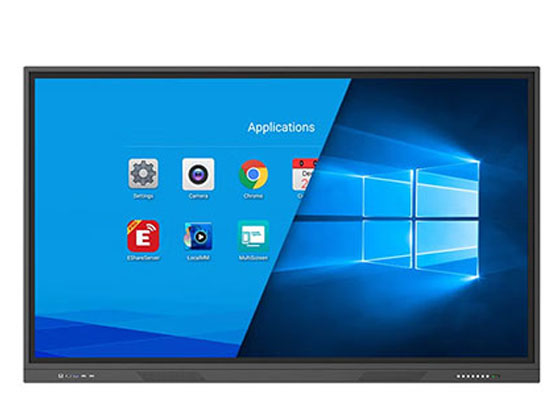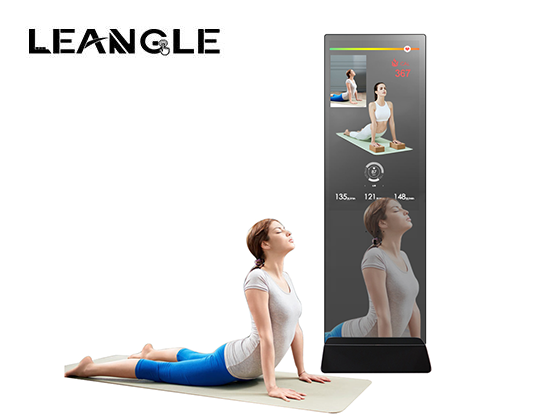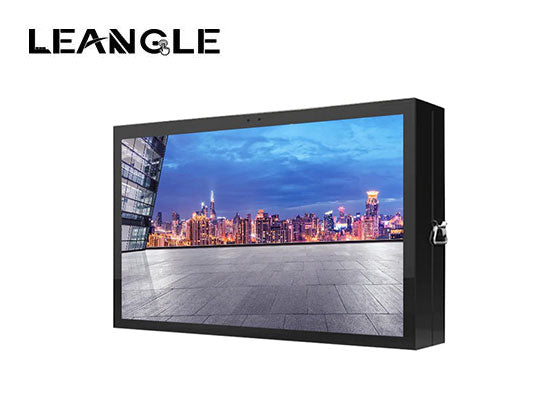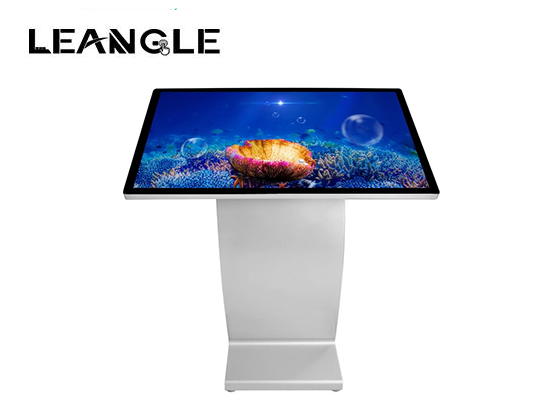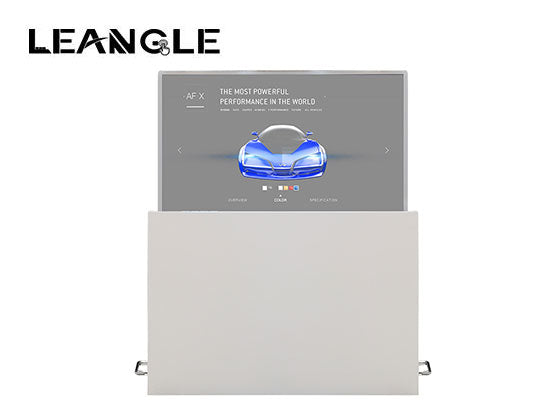A PCAP Touch Screen contains horizontal and vertical electrodes films to represent x and y axis, and an insulation layer. The electrodes must be transparent, so they are normally made with ITO films. And the insulation layer usually made of glass.
Human body is conductive. With the conductivity of human body, when a bare finger touches the sensor with the pattern of electrodes, a capacitance coupling happens between the human finger and the electrodes which makes change of the electrostatic capacitance between the horizontal and vertical electrodes. The touchscreen controller detects the electrostatic field change and thus figure out the location it is touched.
There are two popular designs of PCAP touchscreens: G+G or G+F+F
The G+G design protects the electrodes films in the middle of two layer of glass.
And the G+F+F design has doubled the electrodes films.
This technique is clarity in image, resistant to dust, oil, grease and moisture, but it can only be activated by a limited number of things (such as your finger).
And glass can be fragile if not reinforced.
Here is the data for the PCAP touchscreen series we have:
| Glass Transparency | ≥85% |
|---|---|
| Glass Haze | ≤3% |
| Surface Hardness | ≧6H |
| Accuracy | 1mm |
| Response time | ≤20 ms |
| Multi-touch | 10-point |
| Activation | Finger or Cap. Stylus |
With the characteristic of this technique, and the reinforced glass we use, our PCAP touchscreens are well suit for outdoor usage, they can suffer 110g metal balls falling from 50 cm high for three times.
Their accuracy makes them possible to do jobs like art creation/design.
Thus, these PCAP touchscreen can be used in multiple areas like Commercial Advertisement and Industrial Automation.

